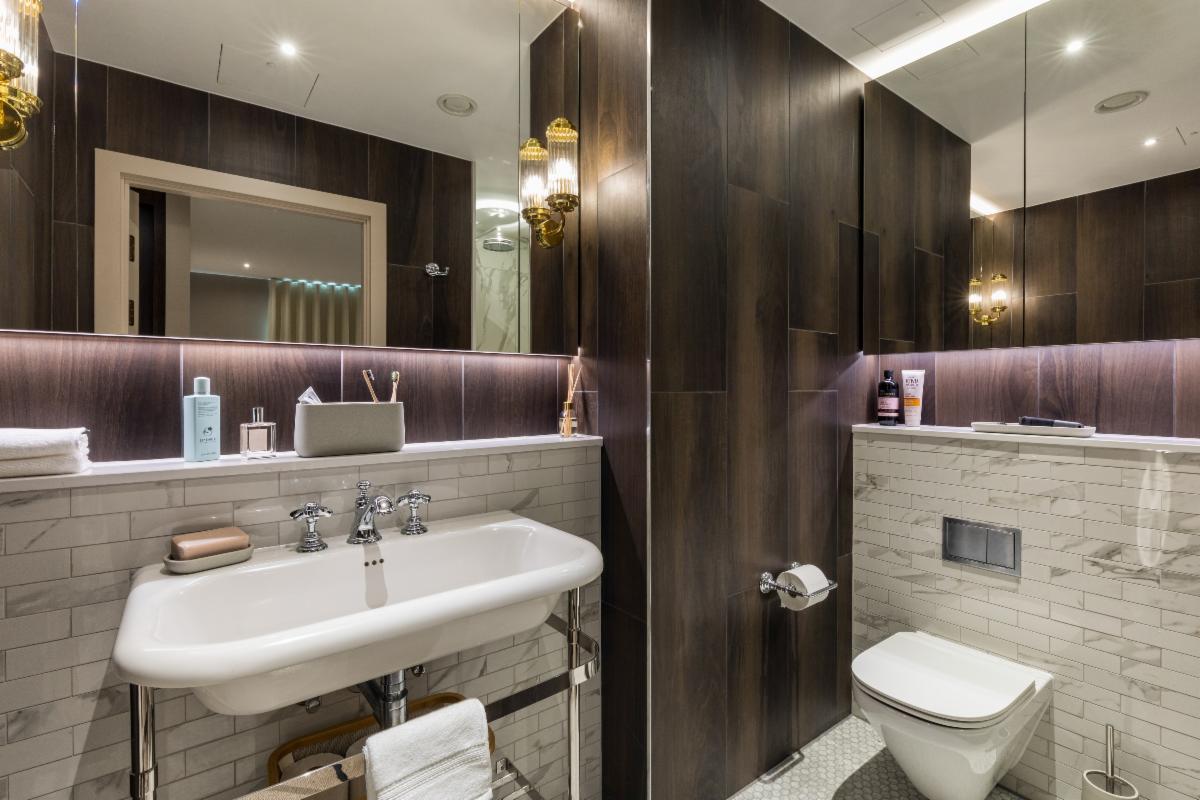Cop27: How viable are solar panels and heat pumps to power the home?

Reaching net zero and ending our reliance on fossil fuels is one of the biggest challenges society has ever faced. Now addressing the worst energy bill crisis in 40 years, renewable energy has never seemed more attractive. In fact, over the summer, solar project enquiries soared tenfold with just over 3,000 solar installations being carried out every week. With Cop27 taking place next week, 6th November – 18th November, Mandip Bhamra, the Head of Renewables at the nation’s leading sustainability and energy-saving platform, SaveMoneyCutCarbon, has outlined the viability of installing heat pumps and solar panels in the home to lower carbon emissions.
The rise of heat pumps and solar panels
The level of inquiries for solar panels and heat pumps has shot through the roof, with business clients now seeing the value of their homes too. People are panicking, and we’ve got to the point where it’s more expensive to not have renewables. The cost-of-living crisis has been a huge driver for this rush.
How viable is solar energy and installing heat pumps as a solution to combat rising energy bills?
Solar panels will work because you’re reducing energy consumption from the grid. Heat pumps are fantastic for decarbonisation, but when you consider them, you need to focus on the insulation of your building.
Heat pumps are great for new builds, but not so much for older properties. This is because new builds are geared towards having a lower flow temperature and lower amounts of heat loss. Most importantly, however, you need to look at where you’re spending, and make other reductions from there.
Which heat pump is best suited to me?
An air source heat pump takes exterior heat and releases it inside as hot air, hot water-filled radiators, underfloor heating and/or domestic hot water supply. Ground source heat pumps work by capturing underground heat through a network of water pipes. The heat pump then uses electricity to increase the temperature but the energy used is less than that harvested.
These options work best as a sustainable solution when combined with low-temperature heat emitters such as underfloor heating and powered by green/clean electricity.
What is involved with installing green technology for homeowners?
Make sure the technology is designed to spec whatever avenue you go down. For example, for solar panels, you want to ensure the roof is as unshaded as possible and is either east, south, or west facing, with reasonable space. You also need to be very wary of the salesperson overestimating the savings that you’ll be making.
For heat pumps, you need to take in-depth heat loss calculations of your property first, and if your property does leak heat, see what you can do to address that first. This can obviously be a little more limited if you live in a listed building. The general rule of thumb is that the greater the heat loss in your property, the larger the system needed, and therefore the higher the running costs.






